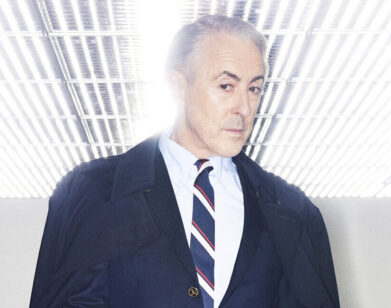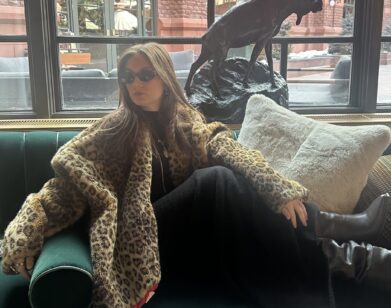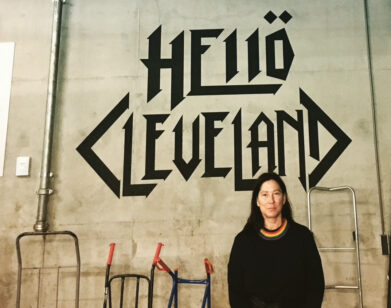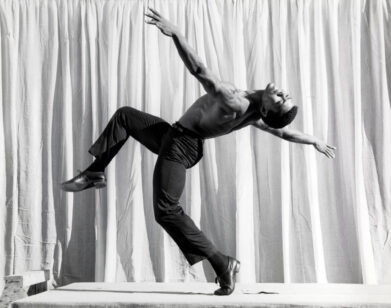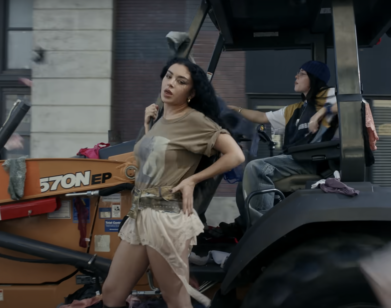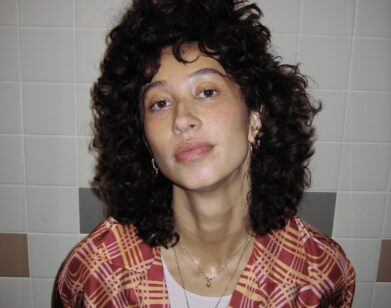A Revisionist History of MTV’s Daria
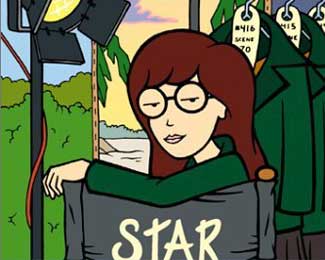

The 1990s in popular television saw the rise of the idyllic teenage melodrama: Beverly Hills 90210 made us lament our less-fashionable zip codes; 7th Heaven shamed us for our lack of a moral compass; Party of Five made us wonder why, even with our families intact, our happiness couldn’t compete with that of button-nosed Scott Wolf. After the plug was pulled on My So-Called Life, no one was looking out for the nation’s jaded youth. It wasn’t until 1997 that an outcast named Daria Morgendorffer came into our lives, courtesy of MTV, that Generation Y had a relatable misanthrope to call its very own. It took an online petition of 50,000+ signatures, but come May 11, Daria: The Complete Animated Series will be released on DVD for the first time.
If you’ll recall, Daria first appeared as a recurring character on Beavis and Butt-head, who put up with B & B because she found their idiotic antics mildly entertaining. Her caustic societal assessments, delivered in an over-the-top deadpan, proved so popular it compelled the network to green light her eponymous spinoff. Daria was host to all manner of stereotypes, and with the help of her equally unpopular artiste friend, Jane Lane, Ms. Morgendorffer judged them all: There were the jocks, represented mightily by pigtailed cheerleader Brittany and Kevin, the dumb-as-a-post quarterback; the unprincipled principal, Ms. Li, whose hunger for school funding often undercut the best interests of her students; Daria’s parents, Jake, the über-stressed dad, and Helen, whose career was clearly her number-one priority. And let’s not forget the members of the fashion club (or, fashion cuh-lub, as president/dictator Sandi Griffin would say), including Daria’s obnoxiously perfect, popular, perky-breasted little sister, Quinn. These are just a few of the suburban archetypes that Daria so ably took to task.
Re-watching the episodes, I was surprised that the series didn’t seem more dated. However, there were a few things that jumped out at me: 1) Daria comes from a fairly well-off family. Somehow this escaped me growing up, perhaps because I so enjoyed her lambasting those who I myself judged. I previously failed to recognize the hermeticism of a somewhat privileged person attacking people of a similar background. 2) Daria herself is not without fault. She ends up dating her best friend’s ex, Tom (they actually kiss before he and Jane split), and her insistence on questioning authority sometimes goes badly. For example, in the episode “Café Disaffecto,” Daria’s explosive, Communist-themed short story she reads at open mic night results in the student café being shut down. 3) Despite appearances, there’s evidence that Daria might actually care about what other people think of her. At times, she even seems to recognize that her antisocial behavior can be taxing (in a particularly memorable episode, Daria has a flashback to a big argument between her parents about just this; she ends up sitting inside of a refrigerator box, feeling badly about herself). Of course, Daria herself is something of a stereotype, i.e. the social outcast who’s too smart for her own good; and she is not perfect. But that’s what we love about her.
What’s interesting about Daria is that she followed the fall of grunge (this was 1997, after all); she wasn’t of it. She, too, was a stereotype—not because she was stupid or insensitive (like everyone else on the show)—but because there was no real alternative. She was angry and she was frustrated; she had a lot to rebel against, but nothing too severe. We’ll take our middle class misfit Daria, stylish Doc Martens and all.
ALSO: CHECK OUT MTV’S IMPORTANT SLIDESHOW FROM DARIA’S CREDITS, FEATURING THE CAST’S ALTER-EGOS.

